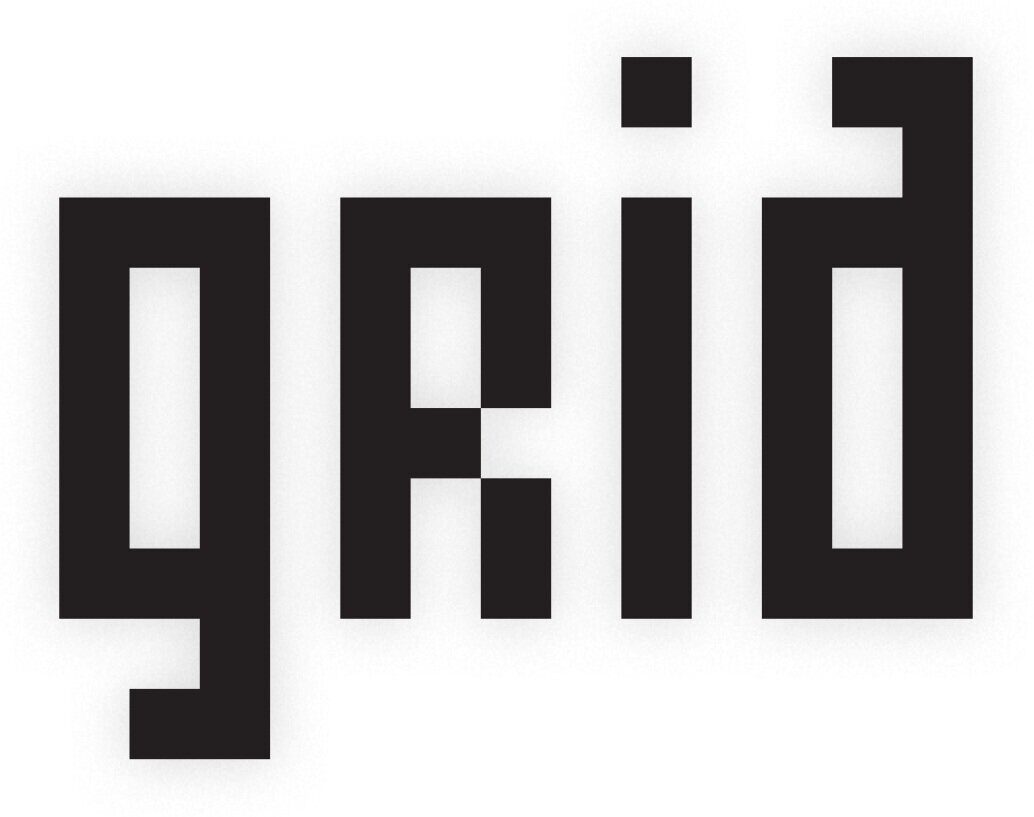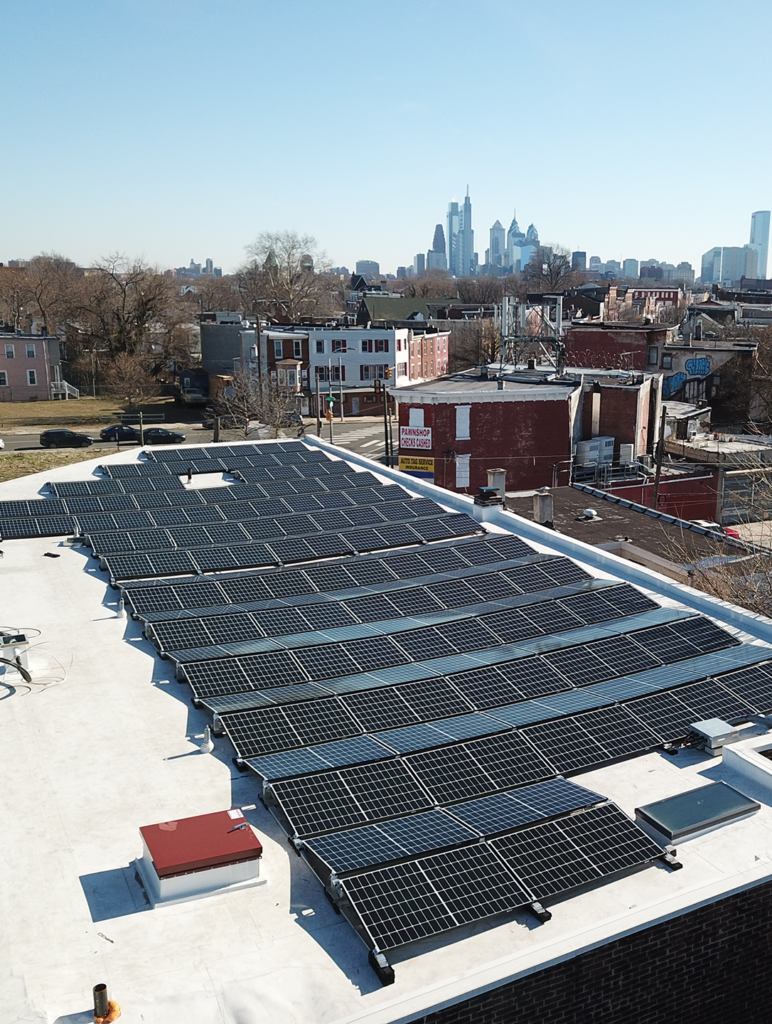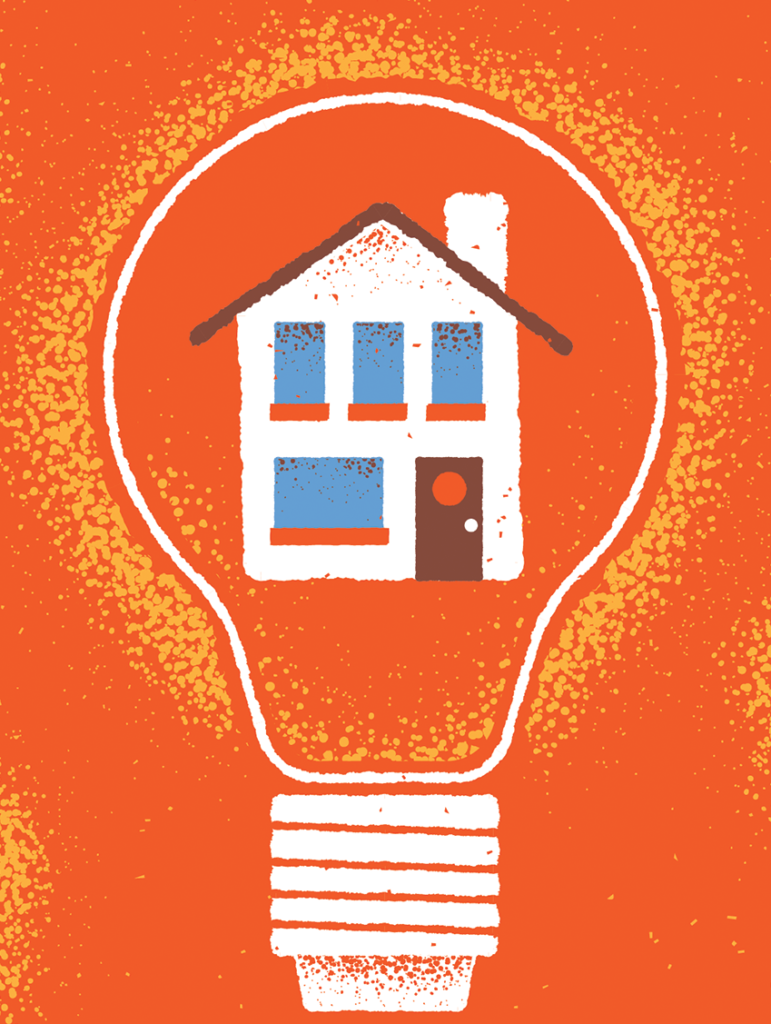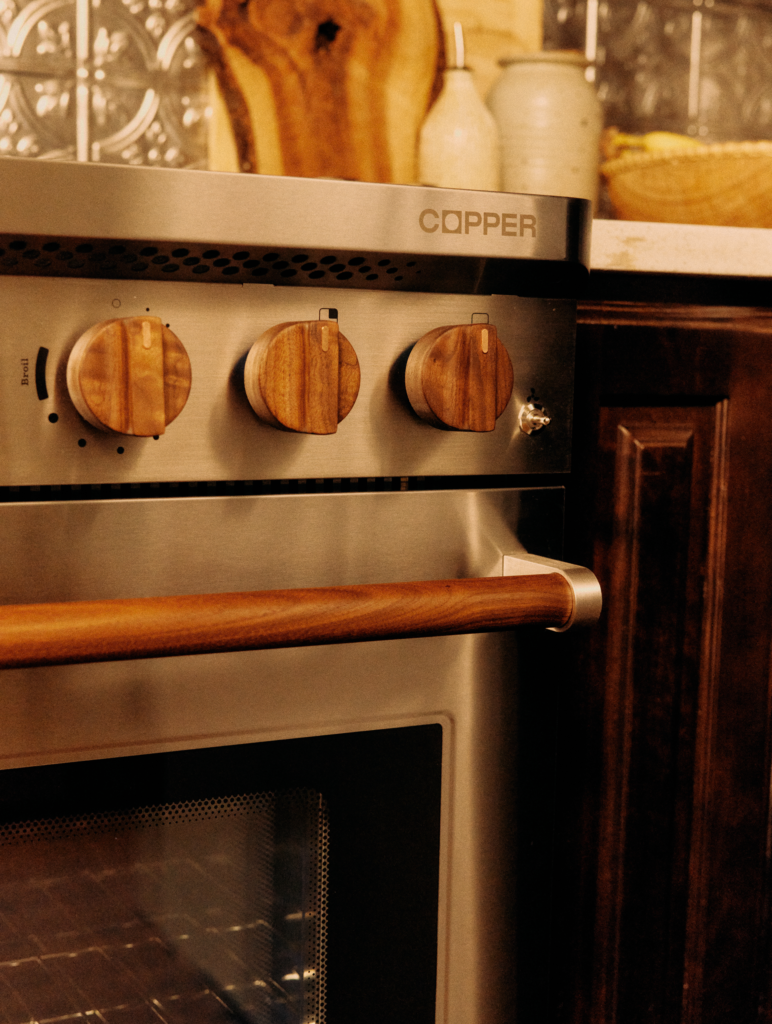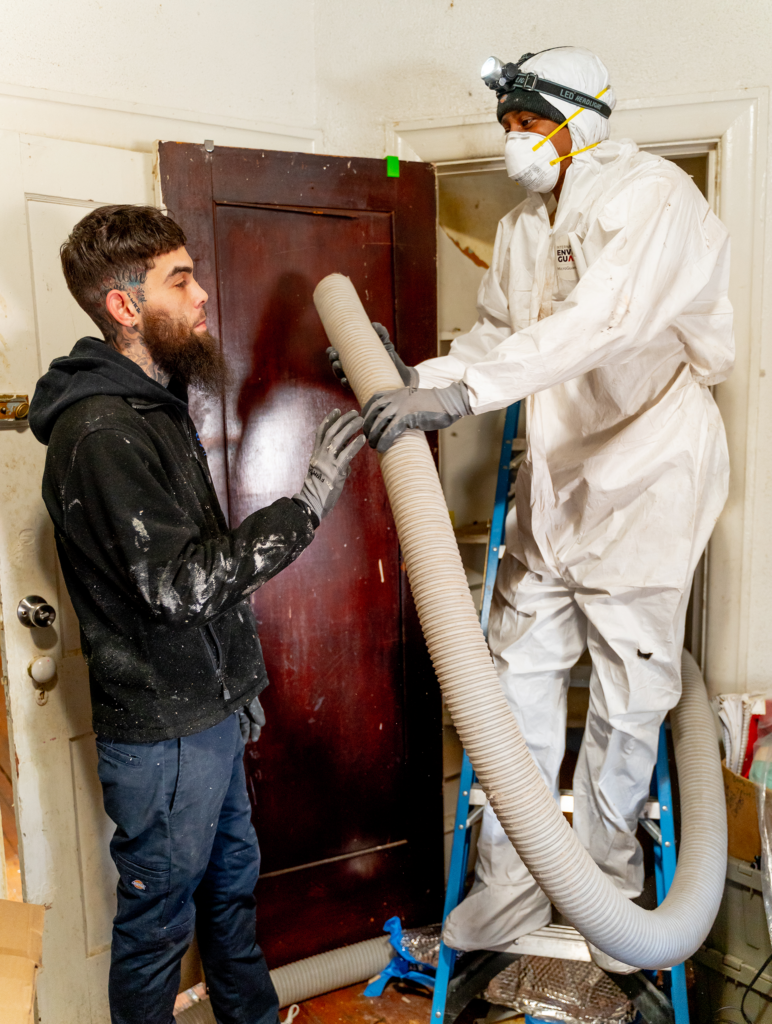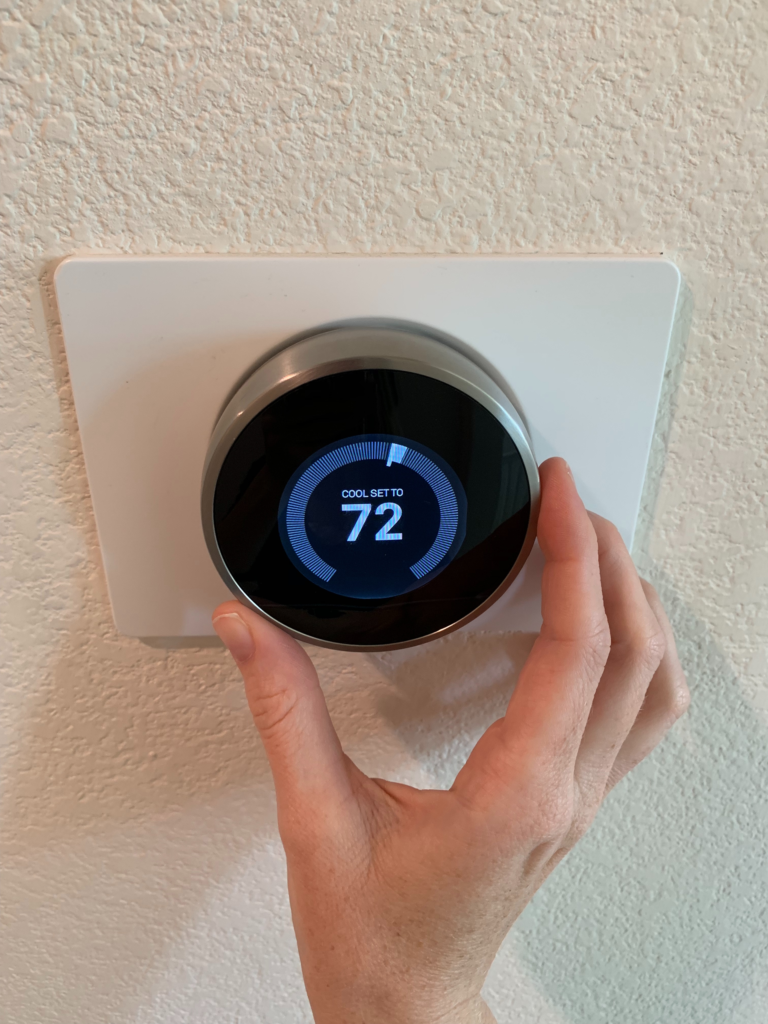A few years ago, Cora Wyent, senior director of research at electrification nonprofit Rewiring America, and her partner were weighing the purchase of an induction oven to replace the old gas model in their kitchen. Induction ovens run off electricity and, thanks to some fascinating engineering, boast such perks as cooking elements that not only heat up super fast but also are instantly cool to the touch once the appliance is turned off. Many home chefs swear by gas for cooking (a common cultural preference that actually has roots in fossil fuel ad campaigns), however, and induction ovens are more expensive on average than gas models and also require compatible cookware.
So, Wyent started by purchasing an induction hot plate. These often cost less than $100 and can be used to cook whatever you would on a single burner. After using the hot plate for about a year, Wyent felt ready to upgrade to a full-scale induction oven.
“It’s a great way of just trying out the technology and making sure you’re comfortable with it, that you like it, before going with a big appliance purchase,” Wyent says of her hot plate trial.
It’s also a great strategy for renters, who often don’t have a say in the purchases of major appliances for their unit (although Rewiring America also has a free guide for talking to landlords about electrification). Smaller appliances are also helpful for those on a budget, as the installation of big-ticket appliances may require upgrades to a home’s electrical system.
Another perk of buying smaller electric appliances is that the barrier to entry is far lower. Small appliances can be picked up via online retailers and local home improvement stores. Wyent has also purchased — at a lower-than-retail cost on Facebook Marketplace — an electric lawn mower and leaf blower with interchangeable batteries.
“We love them,” she says. “All of these electric appliances are just a much better experience.”

Common appliances to electrify
Looking to quickly electrify your home and cut down on greenhouse gas emissions? Here’s a short list of common smaller appliances that can help. Experts recommend trying to find models that are Energy Star certified — a federal accreditation for energy-efficient appliances. And, as always, comparing prices and reviews is advisable.
- Portable heat pump: These units typically sit on the floor and vent through an adjacent window. They work like standard window air conditioning units but can also provide heat and are energy efficient. At a typical price of $500 to $700, according to Canary Media, they’re a good option for renters or the budget conscious.
- Plug-in space heaters and electric blankets: A no-brainer of a low-budget option, these products allow those who can’t afford a full home HVAC system powered by a heat pump to heat a room or keep warm at night without dialing up the thermostat on a gas-powered furnace.
- Electric ovens, teapots and induction hot plates: Use these smaller appliances, which typically cost no more than a few hundred dollars and often far less, to dramatically reduce your usage of gas-powered alternatives in the kitchen.
- Landscaping equipment: Yes, there are electric versions of just about everything: leaf blowers, chain saws, hedge trimmers, lawn mowers, snowblowers and even snowmobiles. Electric models typically cost more than their gas-powered cousins, but Consumer Reports has found that, after factoring in fuel and maintenance costs, they have a higher return on investment over five years.
